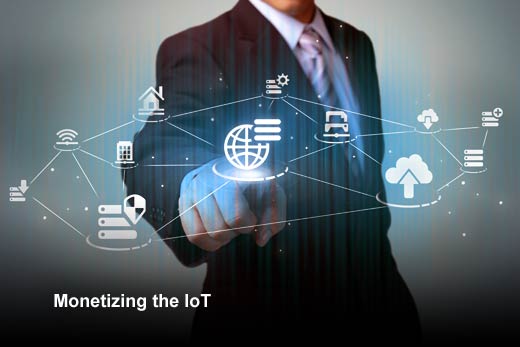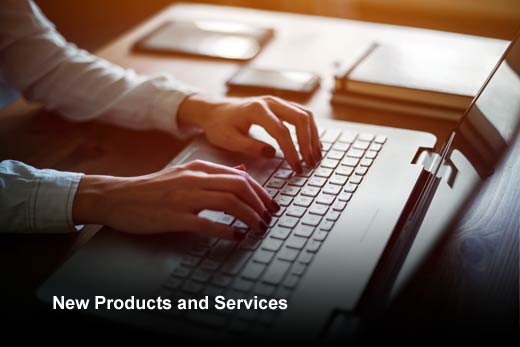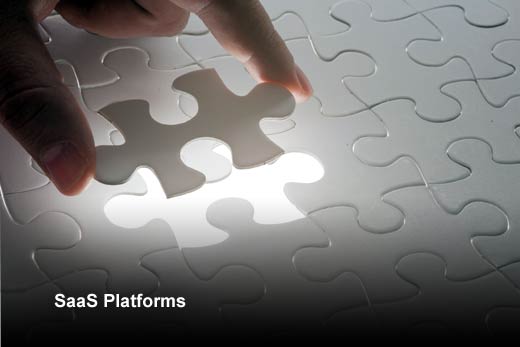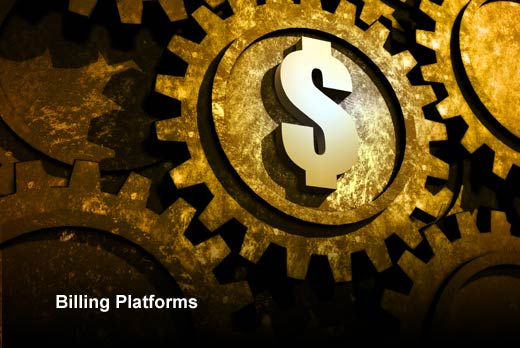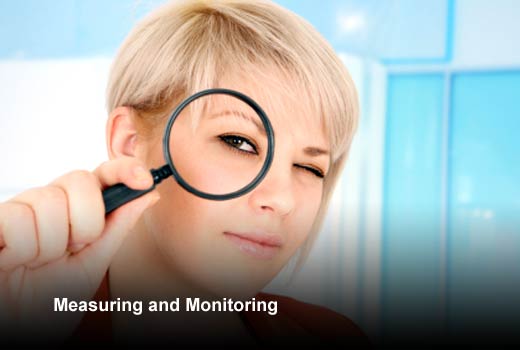It’s estimated that there will be 26 billion connected devices in homes and businesses by 2020 and that the Internet of Things (IoT) has a potential economic impact of up to $11.1 trillion a year by 2025. Although still in its infancy stage, connected devices are becoming the new normal, and the IoT is already proving to have a significant impact on the creation of new products and services across verticals such as telecom, transportation and health care.
As IoT adoption continues to increase over the next few years, new opportunities will arise for companies to track and measure how customers are consuming products and services. Companies looking to generate revenue from the IoT will need to transform the information from smart, connected products into services by offering the entire product as a service, or using the product’s data stream to engage customers with additional services.
To help companies understand how best to monetize the IoT effectively, goTransverse has compiled five strategies to keep in mind.
Monetizing the IoT
Click through for tips on how organizations can effectively monetize the Internet of Things (IoT), as identified by goTransverse.
New Products and Services
Use collected data to inform the development of new products and services and enhance the customer experience.
Business use cases for the IoT should provide value to customers by streamlining processes, making services more efficient and reliable, and reducing pain points in the customer experience. Companies can do this by taking a look at the data collected from the connected devices and developing new products or services that fill gaps in the market.
One example of this is through International Asset Systems (IAS), a provider of the world’s largest intermodal information network. IAS built a tracking and day-lease billing solution that could handle the daily service volume needed so customers could put their assets to work. This application provides customer provisioning and handles event and rental transaction management, making it possible for IAS to process transactions in real time at high volumes. By utilizing the information IAS had on hand from connected devices and recognizing a need in the market, companies were able to monetize the IoT and provide value to both their customers and employees.
SaaS Platforms
Companies interested in monetizing the IoT should implement a SaaS platform that provides flexibility and has been optimized for IoT business models. In addition to enabling companies to capture, analyze and quantify the massive volume of data generated by connected devices, SaaS platforms provide agility. Agile monetization solutions can be operated in real time and are scalable, extensible and configurable, which means they can be rapidly deployed in a variety of ways across industries. For companies that want to seamlessly bill transactions and recognize the associated revenue, having a flexible and agile SaaS platform in place is absolutely critical.
Billing Platforms
Mistakes are costly — partner with experienced, agile billing platform providers with deep domain experience.
When it comes to monetizing the IoT, multiple billing options are available for companies including subscription, one-time, usage-based, tiered, threshold or rules-based billing scenarios. At the same time, many market segments are highly regulated and subject to both internal and external audits.
To maintain compliance and avoid receiving fines or legal actions by investors or customers, companies should turn to experienced, agile billing platform providers who understand what is needed to ensure that implementation schedules don’t delay revenue and that the process is done correctly. These providers should also offer flexibility in packaging, pricing and billing on a postpaid, prepaid or hybrid basis so companies can provide leading customer service in rapidly evolving markets.
Measuring and Monitoring
Determine what you will measure and monitor transactional details.
In order to monetize the IoT effectively, companies need to ensure they’re measuring and monitoring the right information for the product or service developed. With the correct IoT billing engine in place, usage data from smart, connected products can be transformed into monetizable events (being rated in real time) to support pricing models on IoT-enabled products and services.
Communications
Communicate changes with your customers.
We live in a customer-centric world and, as a result, customers need to be informed on changes that will have a direct impact on their experience with the company. By leveraging the granular data of the IoT, companies can implement new monetization models that streamline processes and improve the customer experience. When a new billing platform is implemented to monetize the IoT, the company should share these changes with customers, highlighting how it will provide value to their overall experience.


